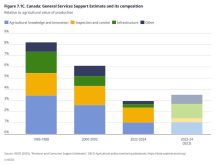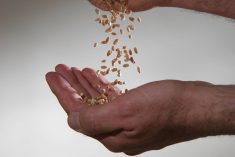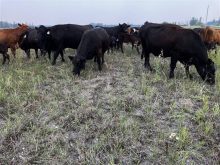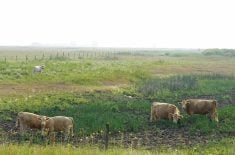There could be a bright side to the latest Bank of Canada rate hike, says Farm Credit Canada economist J.P. Gervais.
The Bank of Canada announced a 50 basis point increase in its key rate on Oct. 26, to 3.75 per cent. That followed a 75 basis point increase in September and a 100 point increase in July. It was the sixth consecutive increase since March, bringing the policy rate to 3.75 per cent, but Gervais says it’s reasonable to expect hikes to taper off.
“I call this the end of the front loading,” says Gervais.
Read Also
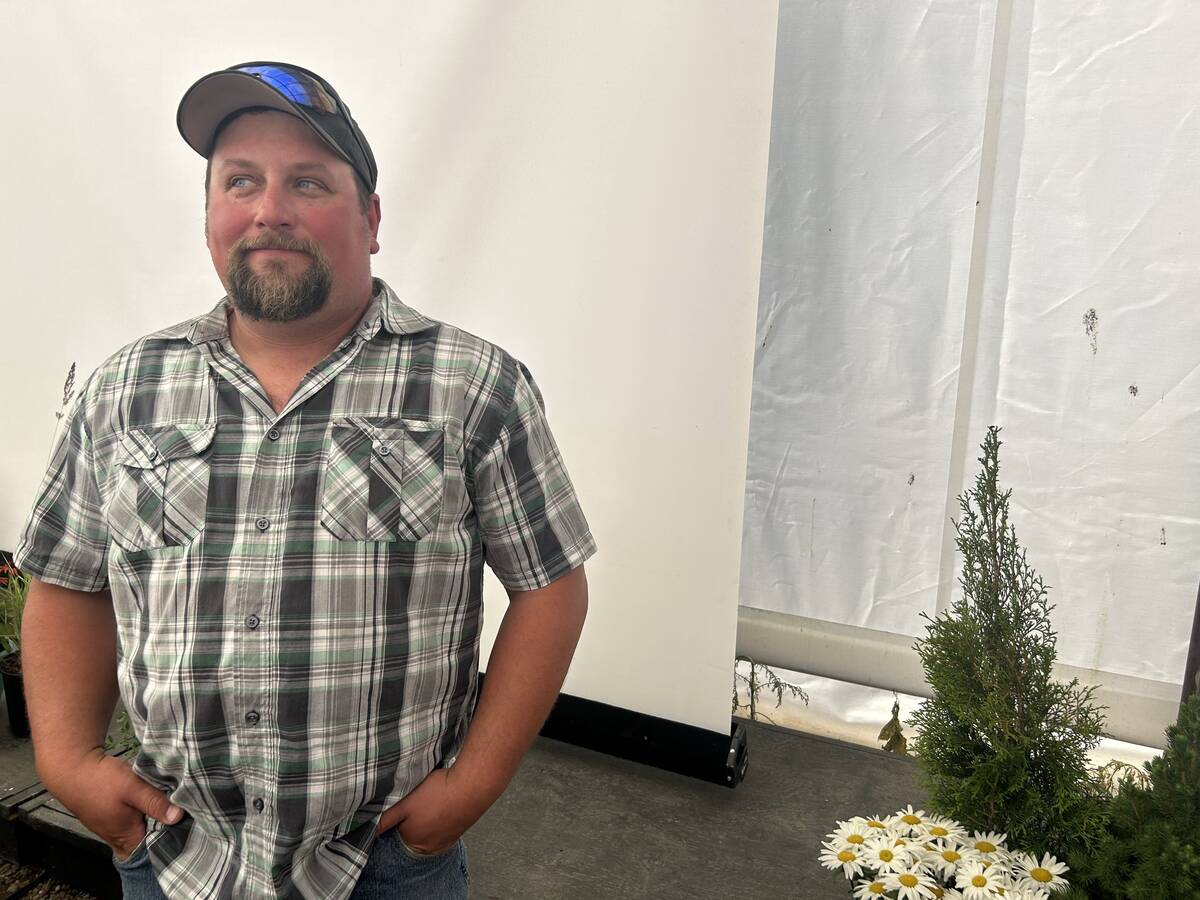
Three paths of rengerative agriculture
From integrating livestock to grassland financial incentives to precision grazing, Canadian farmers are searching for practical paths to marry farm resilience with profit
[PODCAST] Between the Rows: Interesting questions arise
Front loading was the term the Bank of Canada used to explain its 100 basis point increase in July. Basically, it said that by starting with a large increase, it was trying to avoid the need for even higher interest rates down the road.
The Bank of Canada has indicated a need for future increases and has a commitment to keep inflation below two per cent. While it projects that inflation will ease as higher rates help rebalance demand, it doesn’t expect to reach that two per cent level until the end of 2024.
The next rate increase is expected in December, and Gervais says a minimum 25 basis point increase is likely, nor is another 50 point bump out of the question.
After that, it’s hard to make predictions. Gervais says that while some hope for a rate decline in 2023, he thinks that’s unlikely.
[RELATED] Understanding risk exposure key to managing rising interest rates
“I think we are still going to have to live with elevated rates for a while here.”
Manitoba Agriculture farm management specialist Sharon Adron says farmers are feeling the pinch from higher rates.
“For anyone who has gone through the high … interest rates we saw in the ‘80s, this is bringing back some of those thoughts,” she says. “It’s certainly making people take note of the increased expenses as interest rates move up, and especially if they have exposure to variable rates.”
While these concerns are likely affecting decisions on land or equipment purchases, those who have recently closed large land deals or equipment purchases are really feeling the pinch.
“If you’re highly leveraged and are on a floating interest rate, it’s probably keeping people up at night,” says Adron. She recommends that they call their lenders to discuss options.
“If they have large term loans on a variable rate, it is certainly worth approaching their lender of choice to have a conversation about options to fix the rate on those loans and try to protect the farm from facing further increases.”
[RELATED] How widespread will interest rate fallout be?
For larger loans, Adron suggests splitting them into separate term loans, fixing one and keeping the other on a variable rate. That would allow a farmer to spread the risk and save interest payments down the road if rates come down.
“Another thing that influences what interest rates are available to producers is the type of security that’s pledged to support that loan,” says Adron. “So it might be having a conversation with your lender, asking how all of the loans are secured.”
It may be possible to restructure loans if, for example, there is surplus land to use as security.
“That might be a way to bring down the interest rate a little bit on some of the higher priced things,” she says. “I definitely think it is well worth it for producers to reach out to their lenders and just have a conversation.”
Gervais agrees.
“I often say, ‘be the CEO. The CEO of a business is not an expert at everything, but they will surround themselves with the best people in different fields. Surround yourself with people that can help you out.”
The next scheduled date to announce the overnight rate target is Dec. 7.




